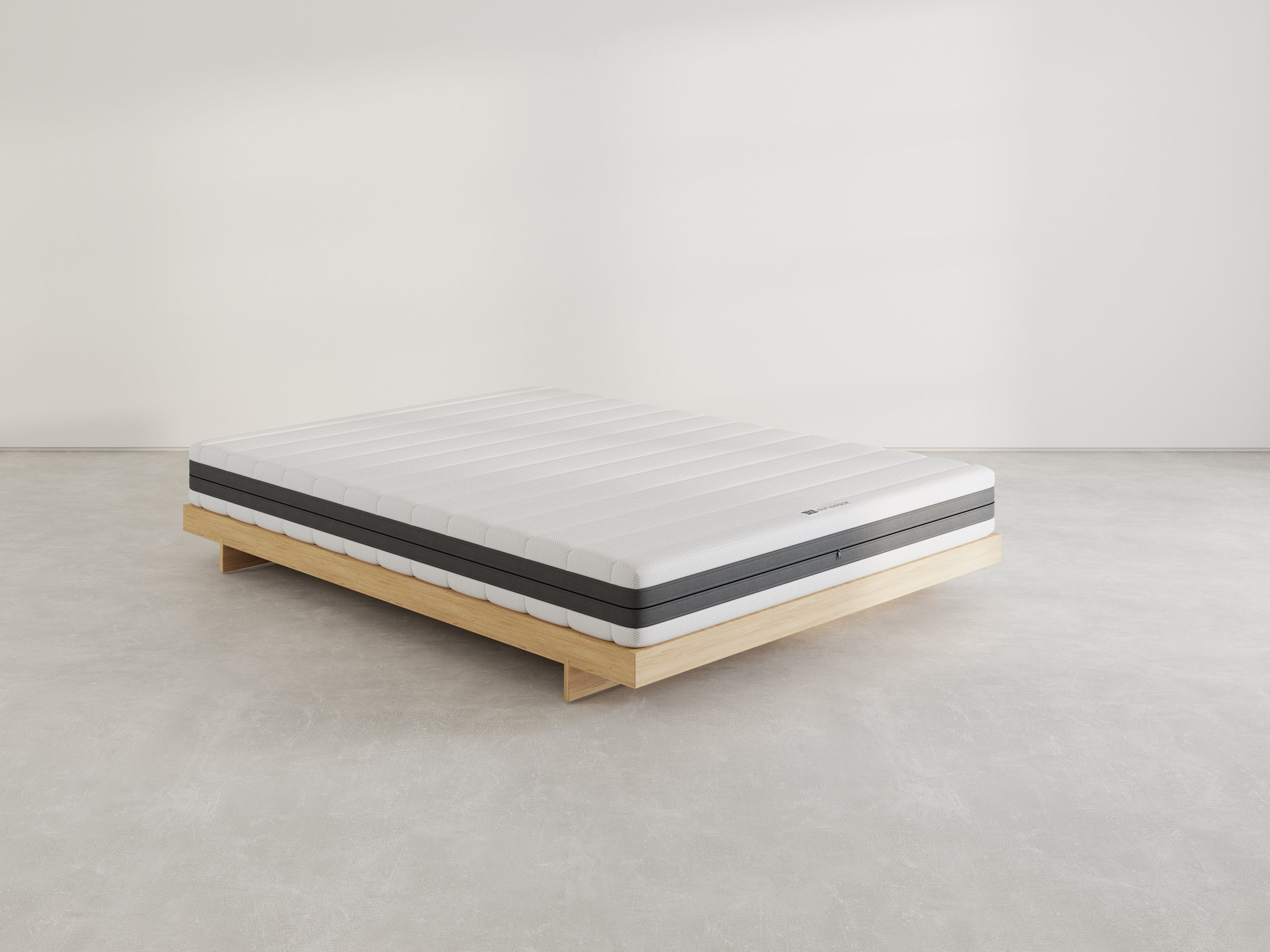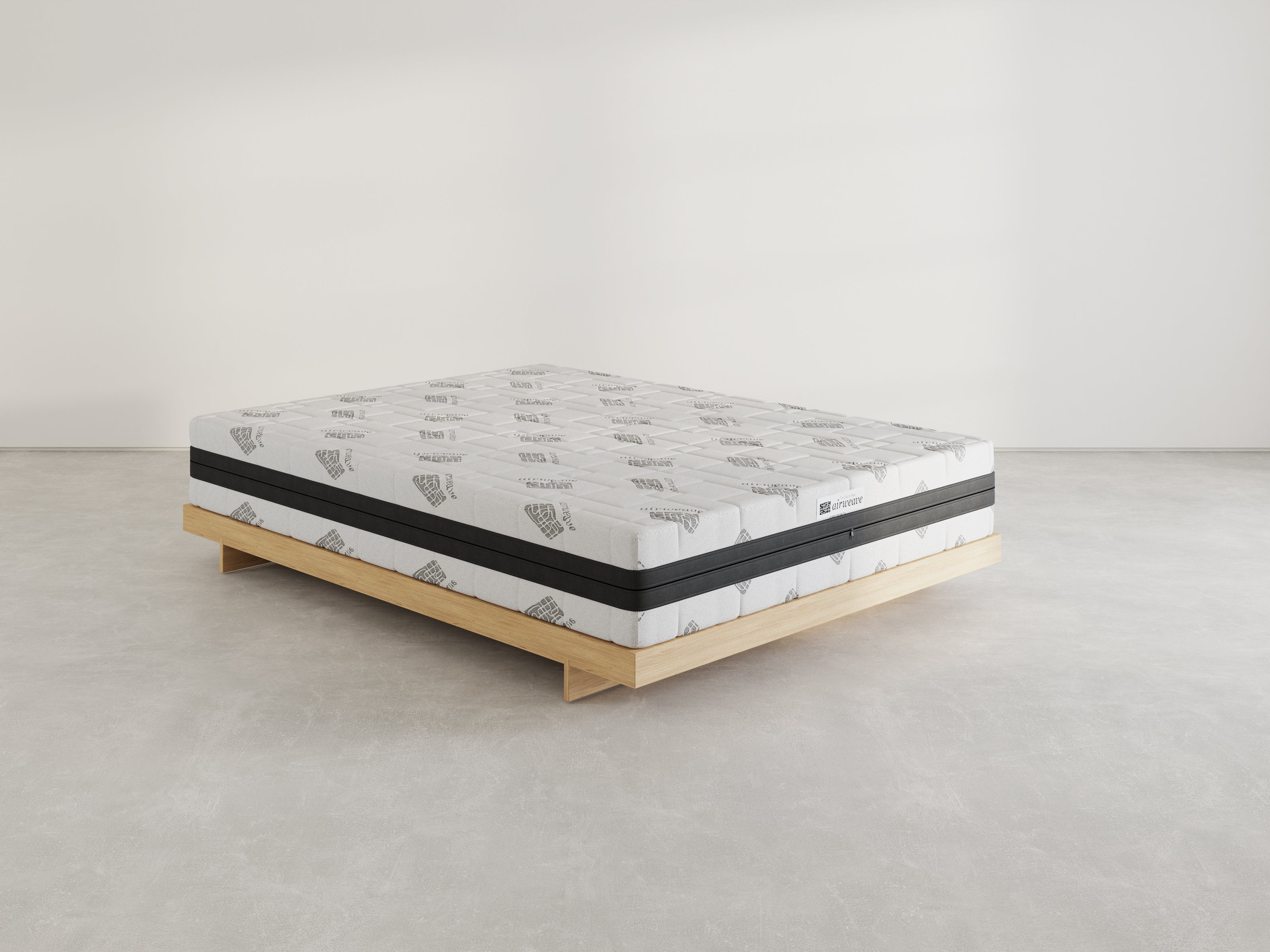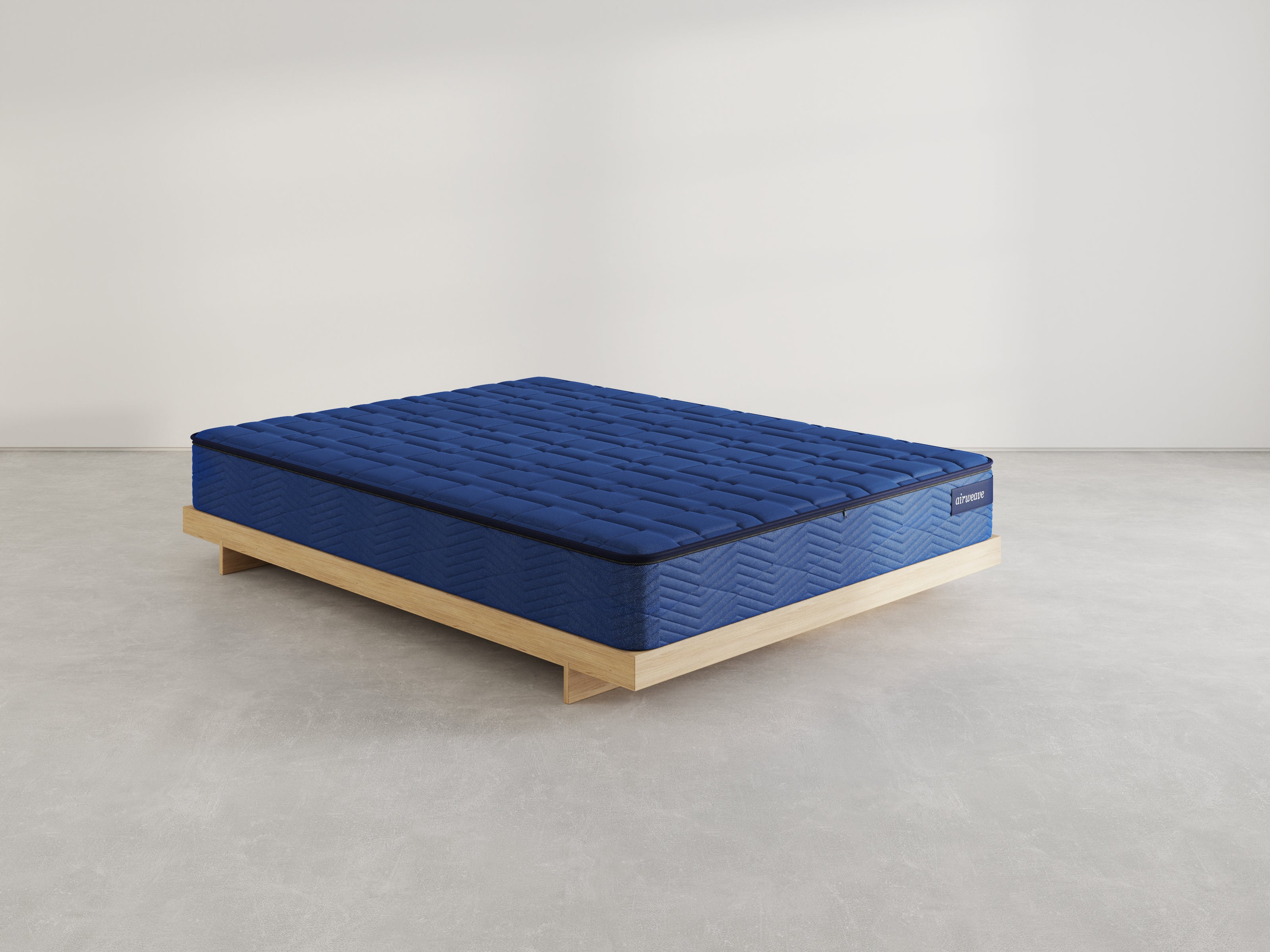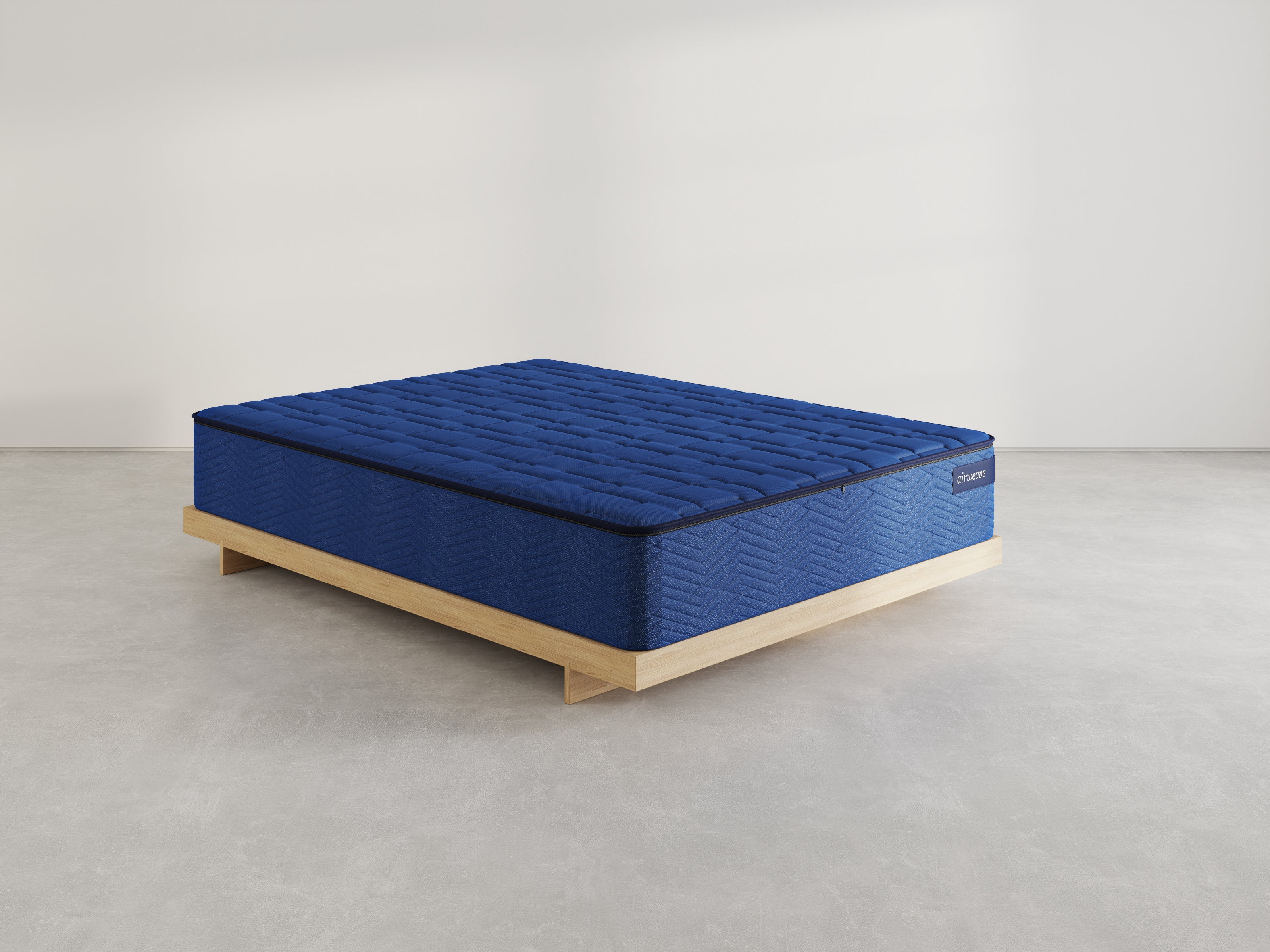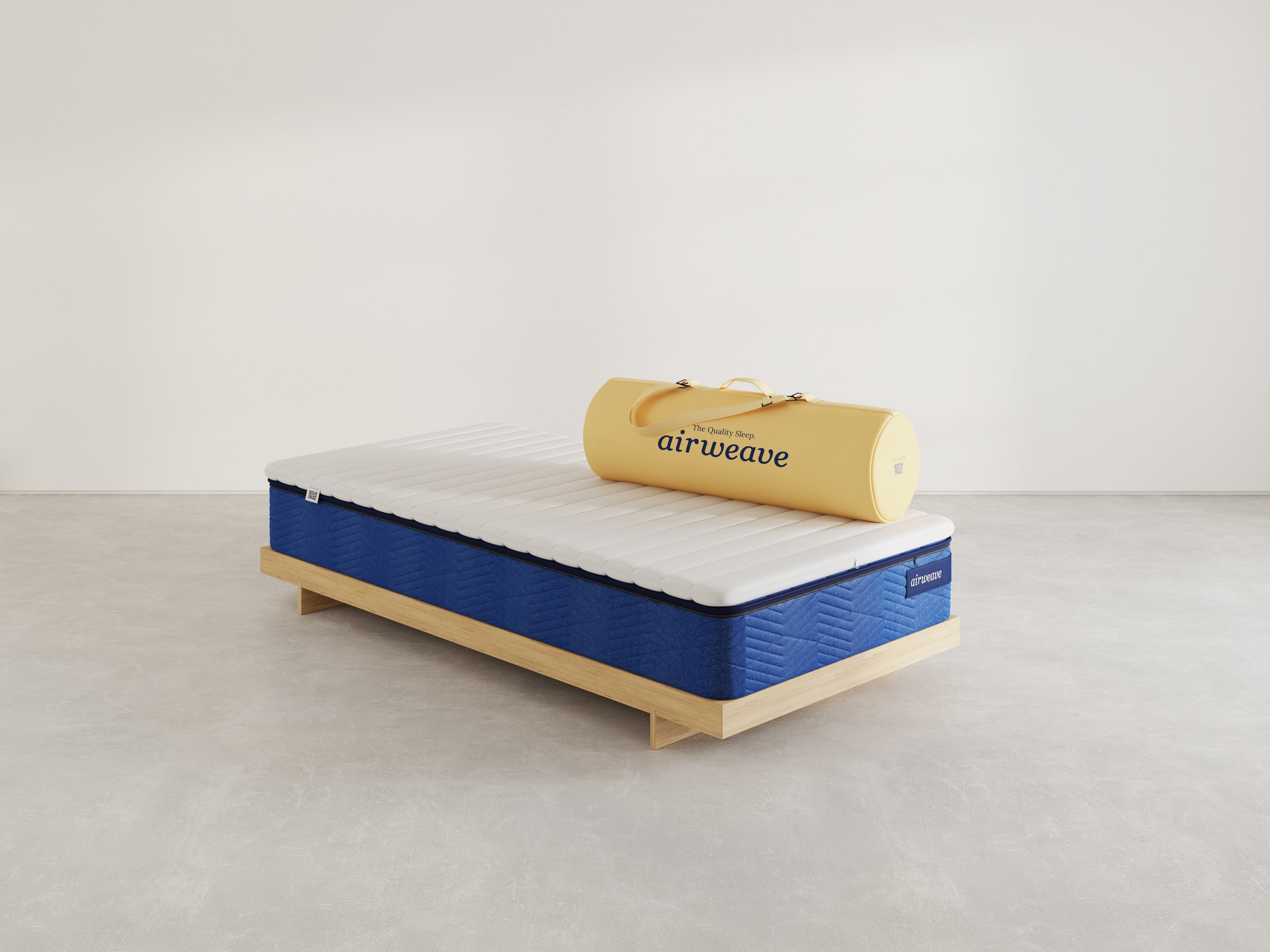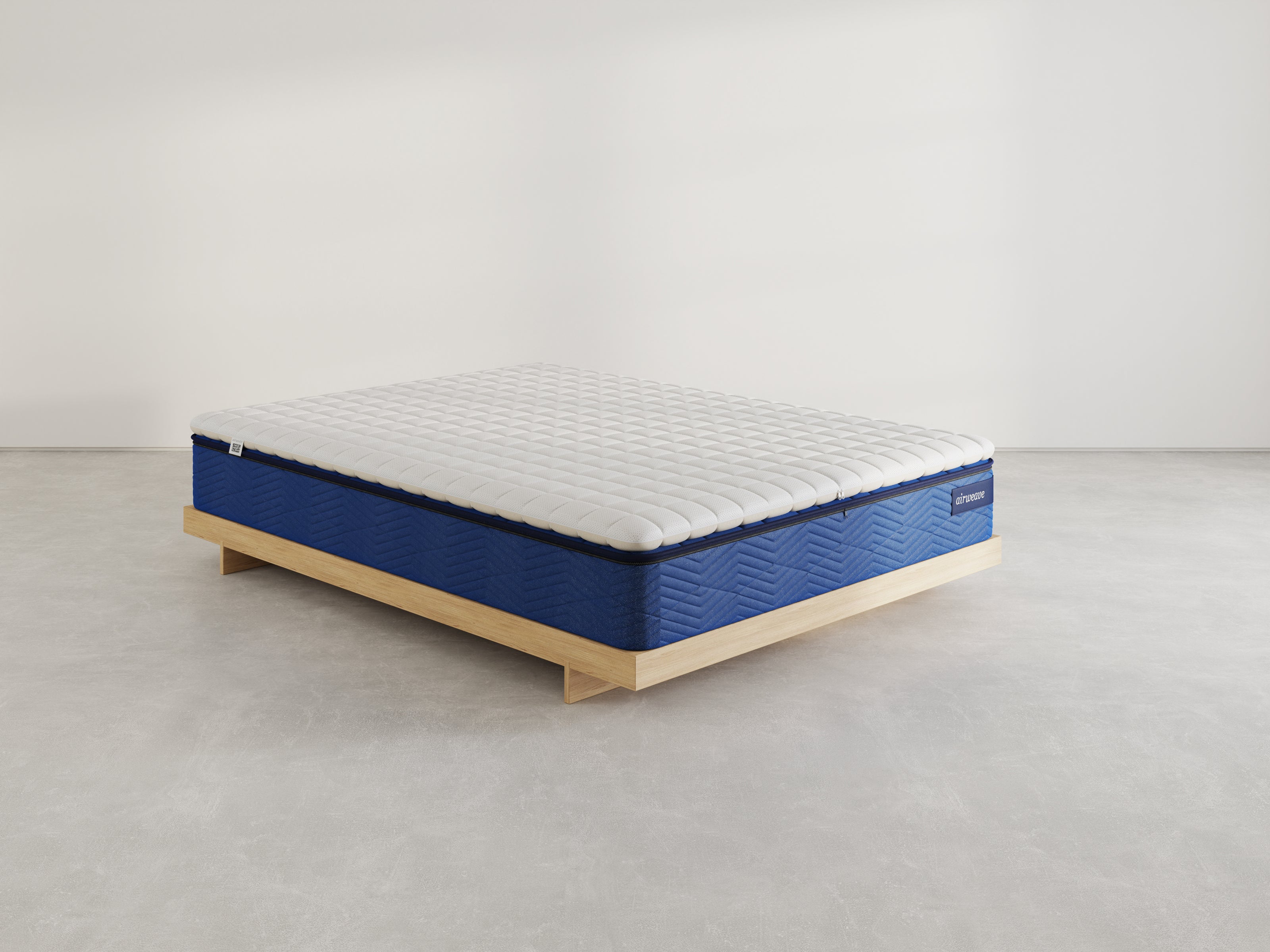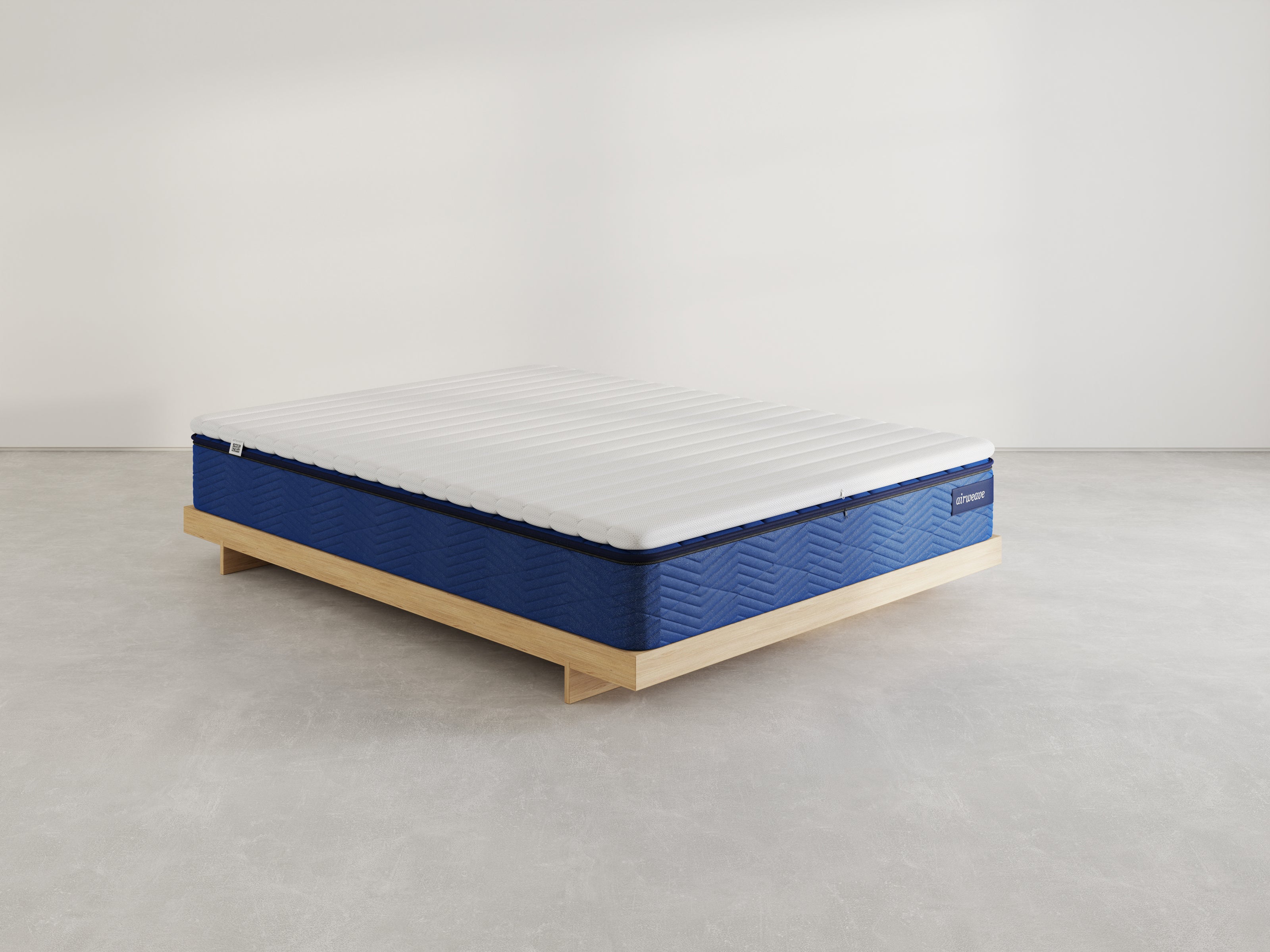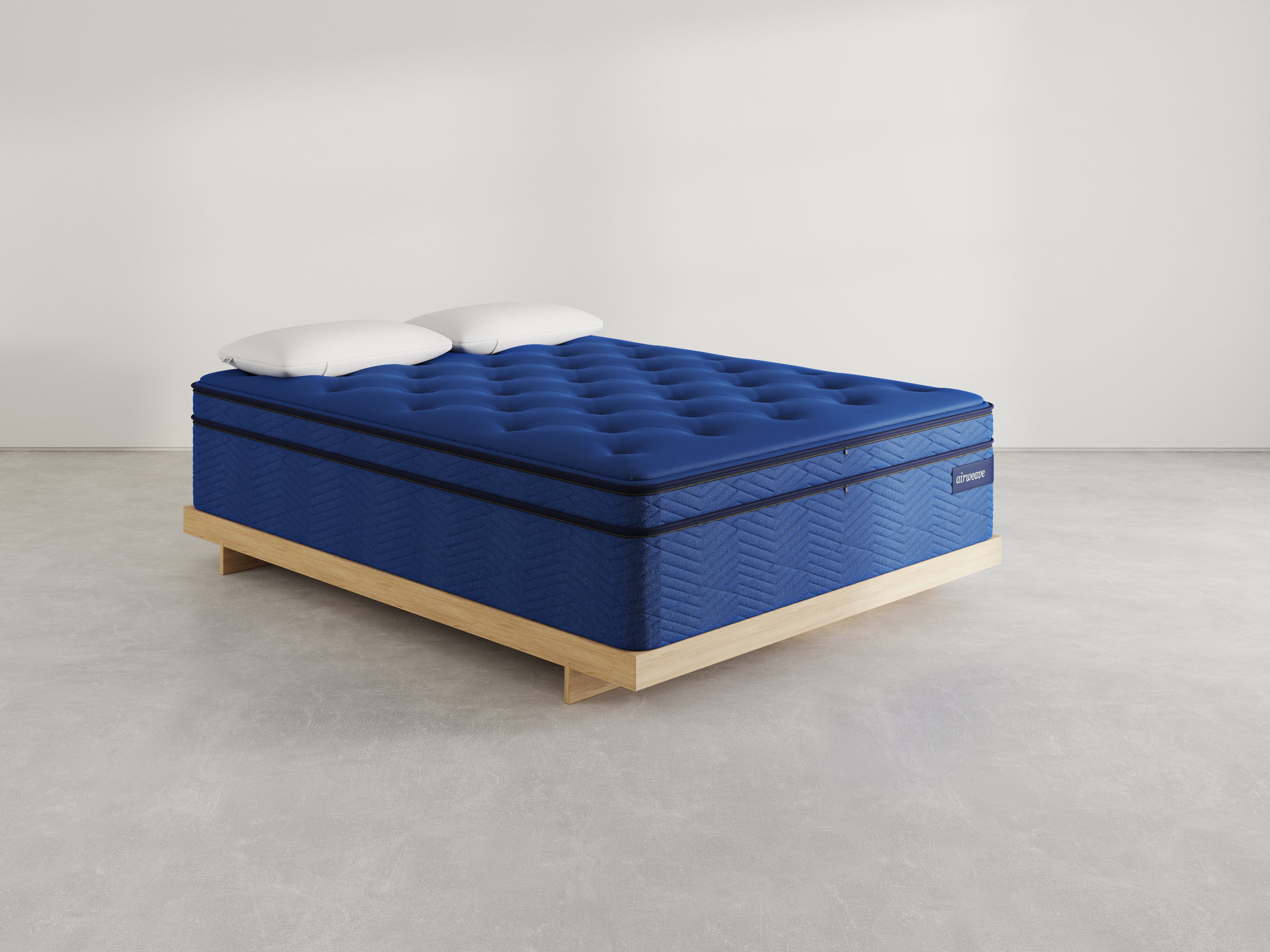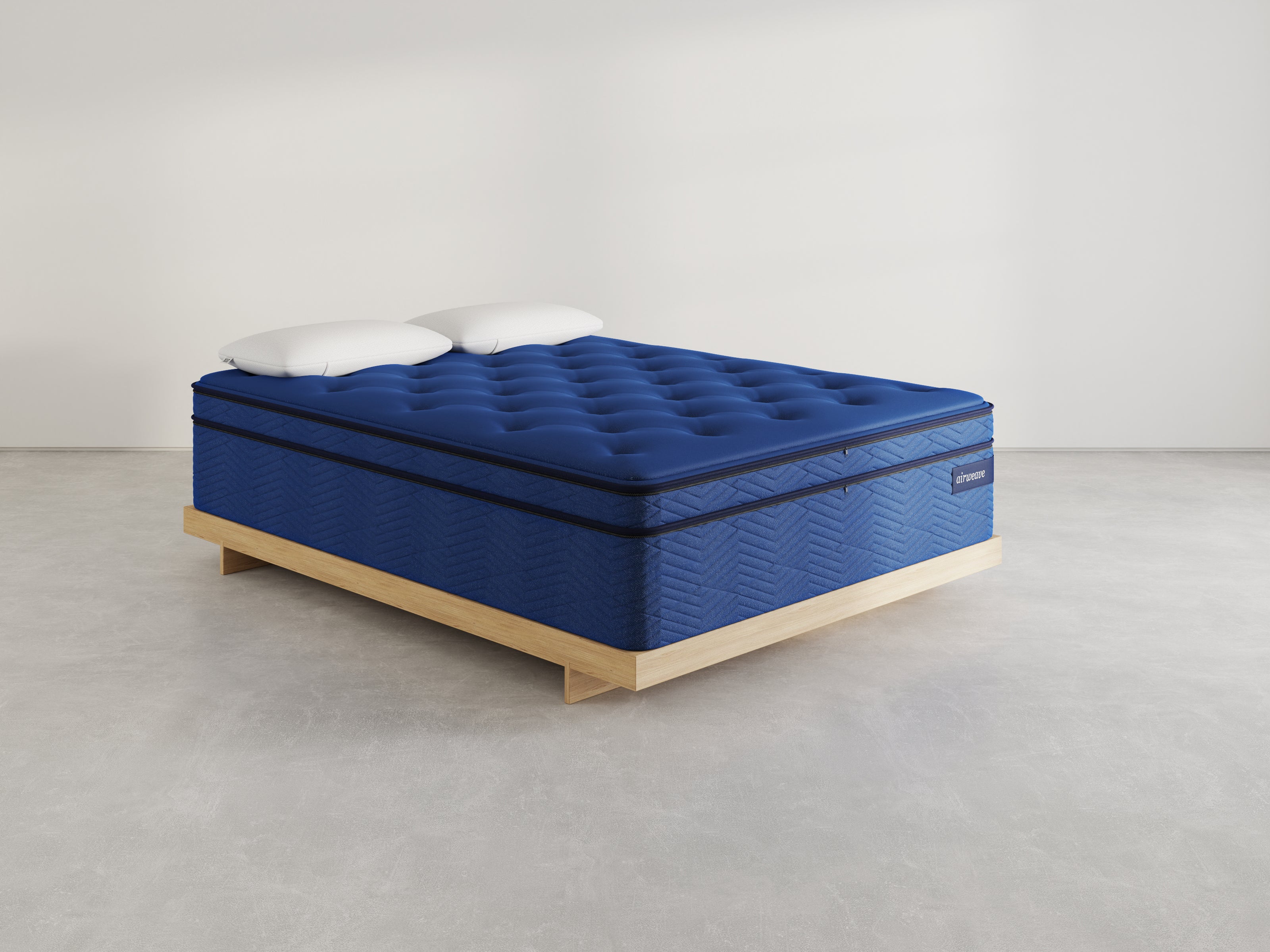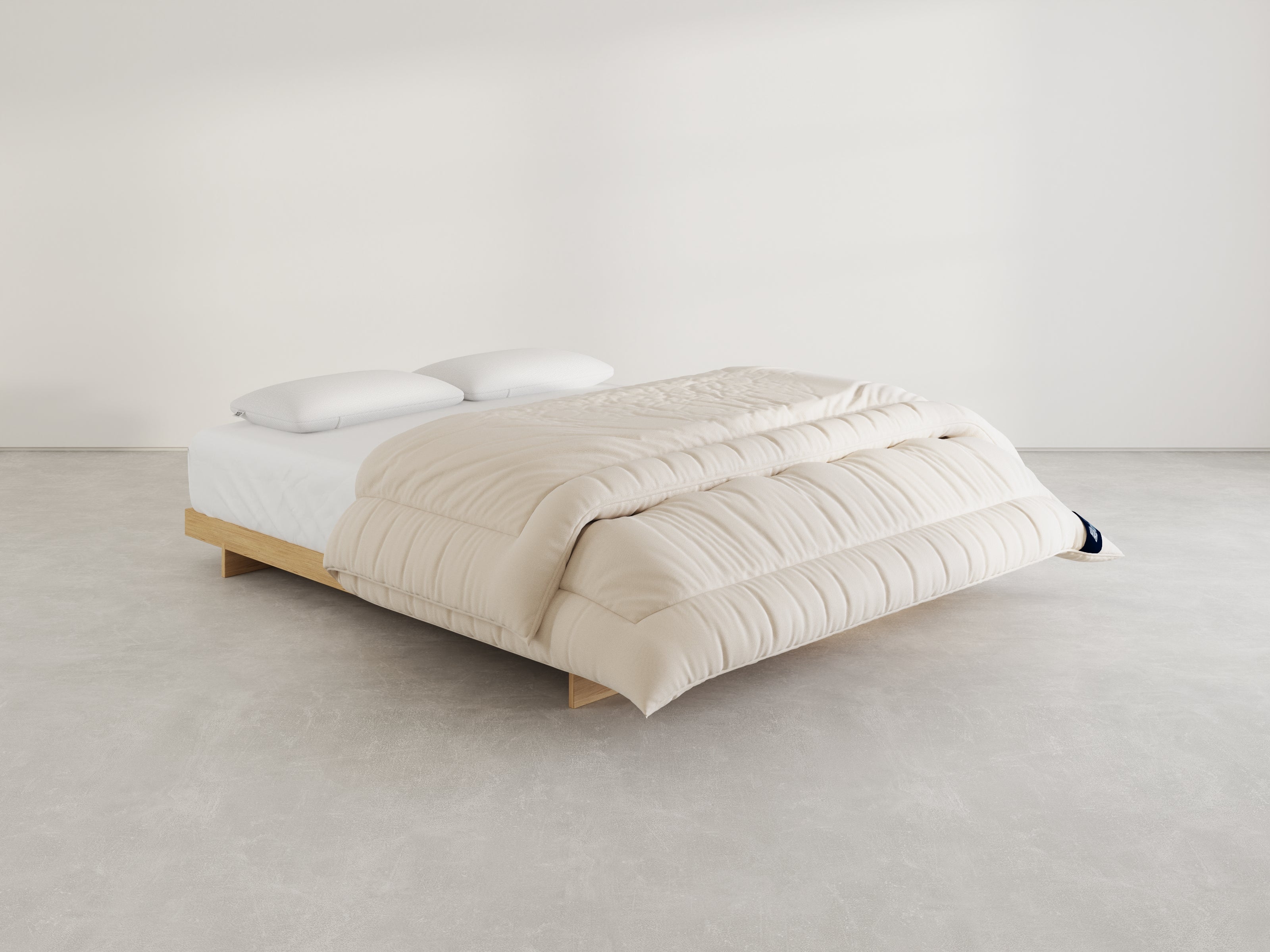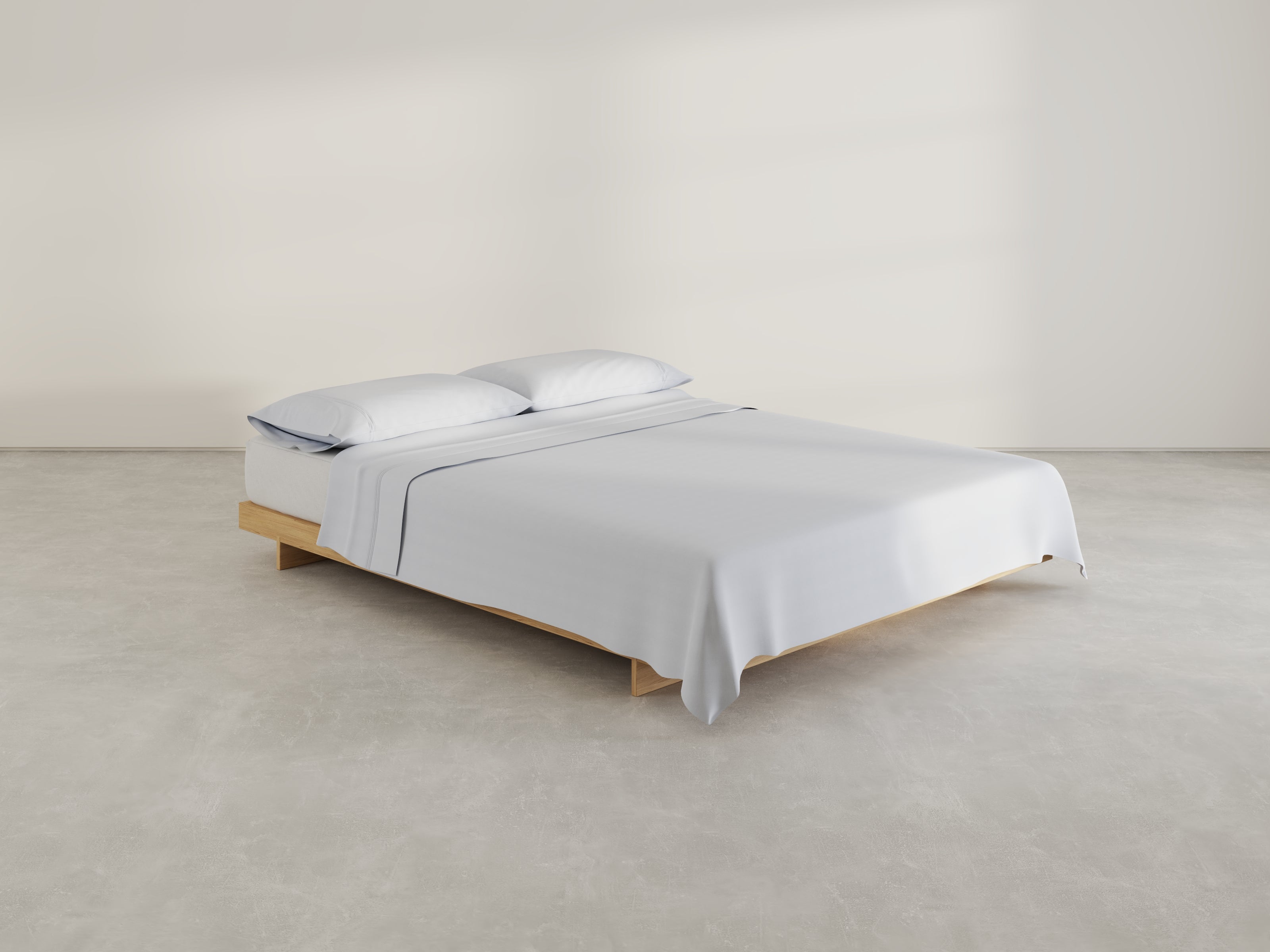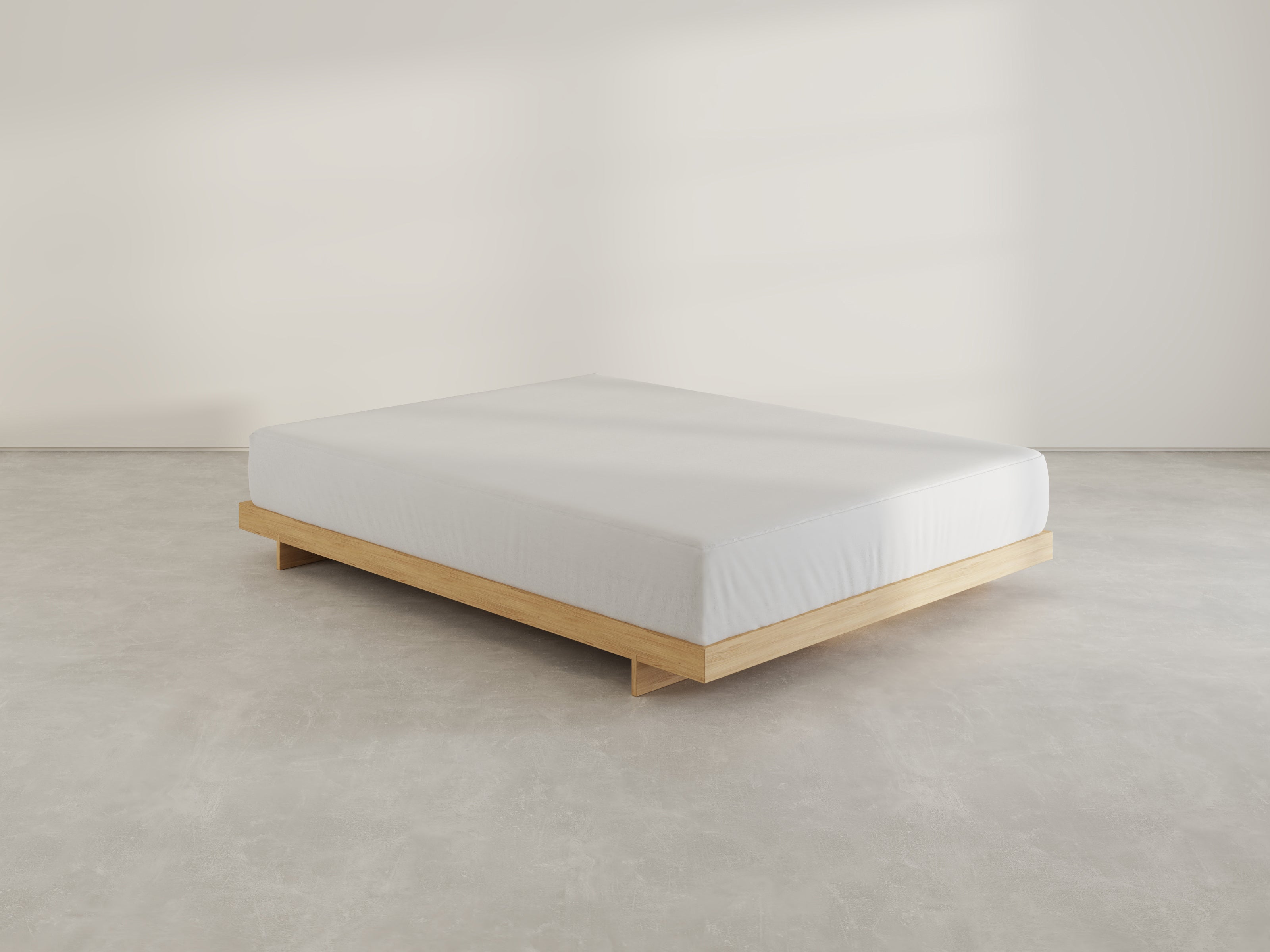Nikkei: How a mattress maker chief bounced back with bedtime stories
Celebs' tales of improved sleep help raise Airweave's profile in Asia
by TAKASHI SUGIMOTO, Nikkei staff writer

TOKYO -- Japanese luxury mattress maker Airweave is thriving, in part, thanks to an advertising strategy it calls "brand stories" involving world-class athletes. Motokuni Takaoka, the company's president, himself has quite a tale to tell.
It was Takaoka's inspiration to use fishing line technology in mattresses that started the Airweave phenomenon -- and saved a factory on the verge of closure.
In 2004, Takaoka's uncle handed him the reins of the factory, which was making injection molding equipment for fishing lines and nets. Takaoka was also running a power distribution equipment maker he had inherited from his father in 1998 at the age of 37.
Like many small family operations, the businesses were struggling. Takaoka was under pressure to move production of the power equipment to other Asian countries to cut costs. As for the injection molding, Chinese and other overseas players were quickly taking command of the market.
Takaoka told his uncle that he would have to close the molding factory, but the uncle insisted he should find a way to keep the place running. By that time, there were only five workers left at the plant, which had once employed around 20.
"Poverty is damaging to a person's mental health," Takaoka's father used to say. Takaoka did not want to doom his workers to such a fate. Eventually, he hit upon an idea: "We could use our technology to make mattresses."
Takaoka had been in a car accident in his 20s. A taxi he was riding in was hit by another car, and the spinal injury he suffered left him with severe neck pain. He tried all sorts of mattresses and pillows to relieve the agony, but none of them helped.
So Takaoka and his company developed a prototype mattress. He tried it and found it comfortable. Later, the team discovered that the powerful resilient force of the woven resin allowed the pad to evenly bear the weight of the user.
Initially, they promoted the resin itself to bedding and furniture makers. "But no one listened to me seriously," Takaoka recalled. At the time, mattresses were mostly made of urethane foam.
After struggling for two years, the company concluded that it had to make mattresses itself. It took a year to develop the first Airweave model.
At its factory in Aichi Prefecture, in central Japan, resin that resembles fishing line is produced in a large water tank. It is then cut, trimmed and dressed with a cover fabric, and made into Airweave mattresses.
The innovative bedding product garnered positive early reviews from consumers, and the company set out to capture what it assumed would be niche demand. In 2008, the business began collaborating with a Waseda University researcher to deepen research on sleep.
Airweave's business took off in earnest in 2011, when ads aired featuring Mao Asada, an Olympic silver medalist who had been using the mattresses. It was a big bet for a company with annual sales of about 300 million yen ($2.79 million) to hire a globally renowned athlete, but Takaoka was ready to make a move.
"Providing 'stories' is essential for brand-building," Takaoka said. He was committed to spending time and money on letting consumers know how athletes like Asada found Airweave, and how it was improving their sleep quality.
Sales saw a significant jump, to top 10 billion yen, and the company grew, but it learned a bitter lesson, too. Airweave expanded into overseas markets in around 2015, but sales slumped and its market share dropped due to a slew of copycats selling similar products.
Takaoka's decision was simple: go back to basics. "We should focus on stabilizing domestic operations first," he told his employees. "We can try overseas markets after that."
Still, Airweave has done little retrenching in Asia.
In Hong Kong, the company expanded its shop in the Sogo department store in March. Sales increased to about 7 million yen in April, nearly matching those at its main retail locations in Tokyo, Nagoya and Osaka. Word of mouth has brought more customers from Shenzhen and elsewhere on the mainland.
In Taiwan and Singapore, the company's sales grew by 50% to 100% on the month in April. An expanded Taiwanese sales network, which now includes a TV shopping channel, provided extra momentum.
Airweave is also adjusting its strategy in China. It has 15 locations there, but rather than attempt to build up a nationwide store network, it has decided to consolidate down to four key stores in large coastal cities -- mainly inside Japanese department stores such as Isetan and Takashimaya. To complement those locations, Airweave also sells through an online shop run by its local unit on Alibaba Group Holding's Tmall.
The idea is to shift from a bricks-and-mortar approach to one focused on online and television shoppers. In addition, Airweave has changed its product line to meet the needs of inland customers whose incomes are lower than those of coastal residents. It has cut its lineup from five products to three, and sells less expensive mattresses exclusively on Tmall.
Airwave wants to list its shares sometime after the 2020 Tokyo Summer Games. Until then, Takaoka is committed to upgrading the brand stories. In 2017, the company accepted funds from online shopping mall operator Rakuten, which wanted to compile data on sleep studies and enhance its brand power.
Thanks to all these efforts, Airweave is in a comfortable position. The former injection molding equipment factory that was once slated for demolition is now the workplace of 250 employees, and serves as a key mattress production base. And the company's experience serves as a shining example of how, with a little innovation, a struggling family business can rise again.

